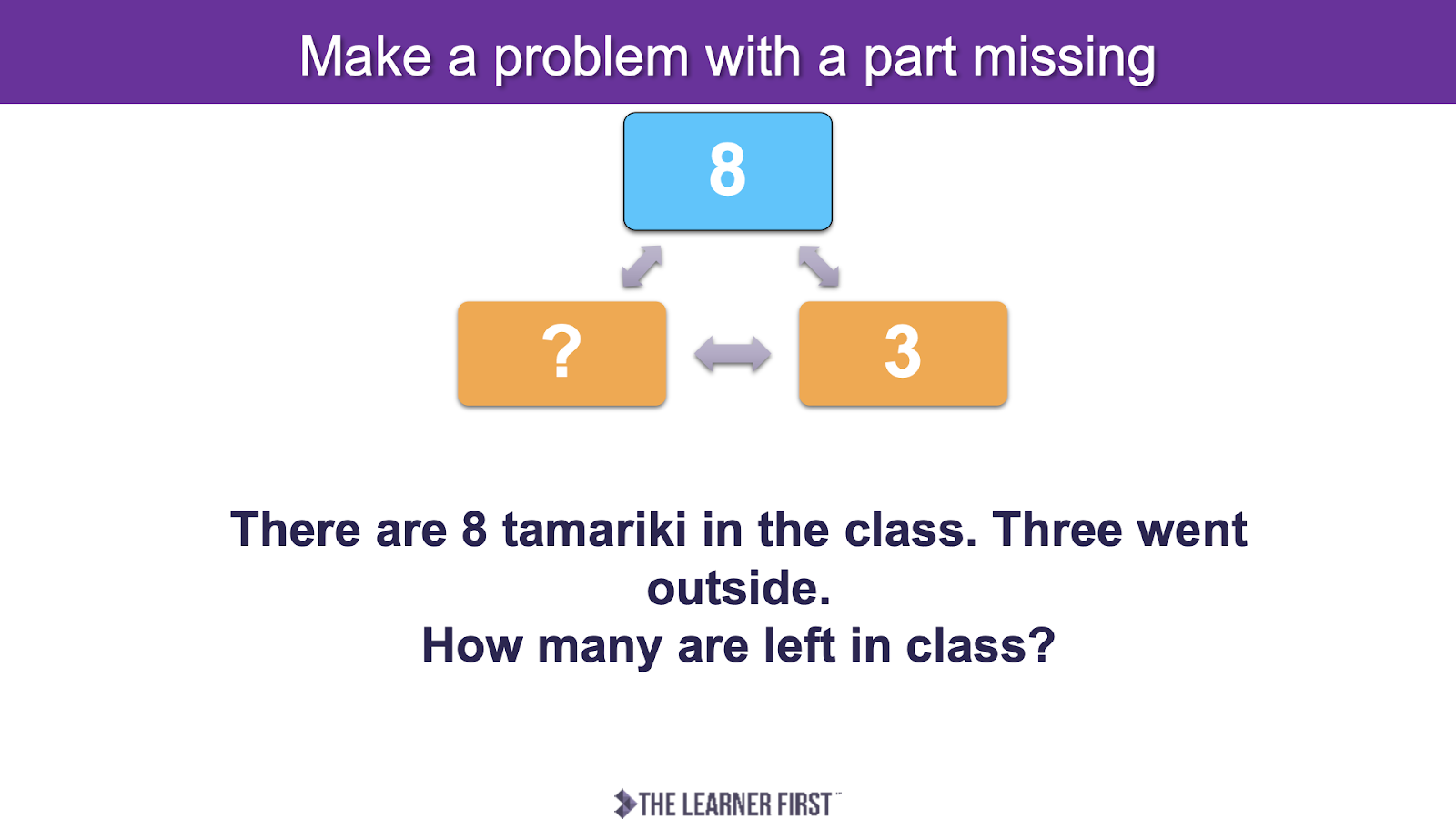Just-In-Time maths w Rob
Our maths curriculum action team had the opportunity to observe some of Rob's demo lessons at Ardmore School last week.
Rob modelled with a year 5/6 group how you can have 6 questions around the room, kids buddy up and move around answering as many as poss. Teachers rove listening in to chat. After 20ish mins of problem solving, students were able to select to go back to one of the problems and talk more about it with one of the teachers i.e. what was hard, what was easy, common strategies. This is an engaging and efficient way for a teacher to check in and see where kids are at and tune in to what misconceptions there may be and what next learning steps are. A way more efficient and engaging way to assess than GLoSS. We've planned to do this in Totara next week - it'll be great formative assessment.MoveNprove - this is a way to deliver a multi-choice question. It provides teachers with a quick snapshot of children's thinking in maths.
In a MoveNprove is a great 'thinking' and talking routine students can be taught (a 'rapid routine' )- the 'move' is children selecting an answer by physically moving to it, or the pause button in the middle if they're 'still thinking'. The prove is being able to 'prove' their answer - how do you know?
Setting up the moveNprove routine will require a bit of explicit teaching - where we move to for each letter (eg signs or I've seen pics of some junior teachers using colours instead of letters and the children just line up behind the colour they think), we might have paper or whiteboard with us, we explain our thinking and listen to explanations others offer, we have opportunities to change our mind, 'pause button' is for if we're not sure, still thinking. A moveNprove may not be answered in one session.
Rob used this as more of a picture prompt with the new entrant students: "what can you see?" There was much talk and everyone was engaged. Some children noticed the numbers. The animals legs got counted. The planned maths problem was to draw animals so you got 10 legs. And then show another way to get 10 legs. Counters and number lines were one way children could prove their answer. Rob was quick to adapt the task for the learners with him. In this instance, the students went and drew animals with legs and counted them. There was so much counting going on and it was easy for teachers to observe and talk to children and see what they could do with counting. Whether they could count to 10, past ten, write the digit, add or subtract.
In the demo lesson with Year 3 and 4, Rob showed how to teach 'part whole' thinking.
First a moveNprove:
which shows understandings and misconceptions (e.g. b doesn't make sense because the = is in the wrong place).
I tried this with Alida's maths group today and similar responses - so was able to quickly know that this is something most of those students need to master (some got the correct answer but most weren't able to explain their thinking or 'prove' their answer yet.)
It would be good to explore how rapid routines like moveNprove could be used in a more collaborative/'studio friendly' way i.e. today I did a moveNprove and possibly Sam was doing one too. Our group was moving and being fairly noisy (sorry ;) - it could have been good for us all to do one together with three teachers moving around talking to students about their thinking and noticing and recognising what they can do.
To address this misconception, the first step is being able to split numbers into parts. How many ways can you make 7 etc. Lots of material and play at splitting/breaking numbers.
Practise making the related number facts (as in above image).
Then make number stories - a word story with the whole missing, or the part missing.
This sort of stuff could be practised in your rapid routines as well as part of independent learning routines.
So you might do the moveNprove above, practise the part - whole thinking/number facts, then revisit the moveNprove and see if children had changed their minds, can explain their thinking more, defend their answer. In an ideal world you'd get consensus with all students explaining their thinking 🧐
This is something we're going to explore in Harakeke next week.






Sounds like it was a great session with Rob. I am looking forward to the learning session next week. I want to introduce it through explicit teaching to my groups. Understanding the misconceptions and how to "fix" it, will be very helpful. Perhaps you can demonstrate a few move and proves to me as the one or two that I saw left me with a few questions around how authentic the students thinking were and whether they are just going where they think the answer is due to popularity of friends. It boils down to that explicit teaching, which I would love to see how that is done.
ReplyDeleteI think it's really exciting that we can start to truly use formative assessment to make responsive decisions about what students know and their next steps. I think you're right we need to start being more thoughtful about how we can do things in studio friendly ways and being given the opportunity to rove around and listen to students complete problems based around our current or future unit would be invaluable.
ReplyDelete